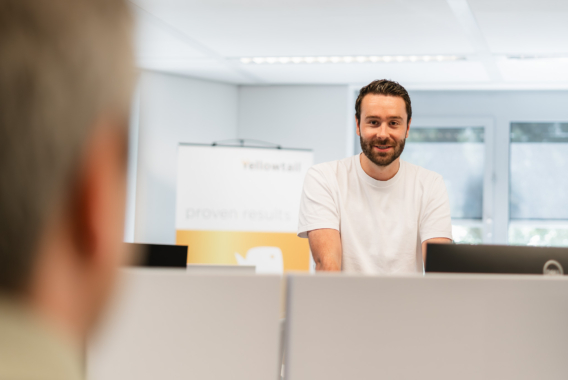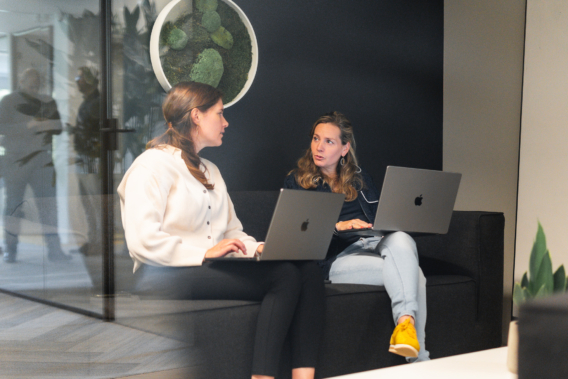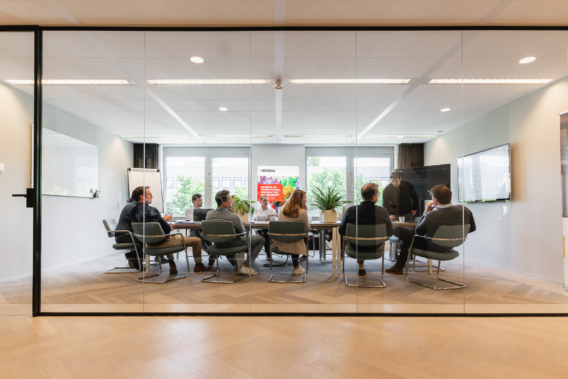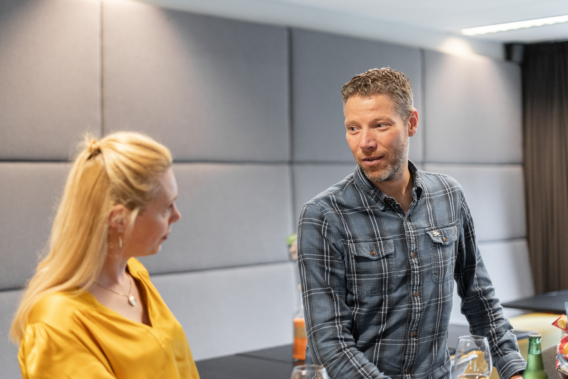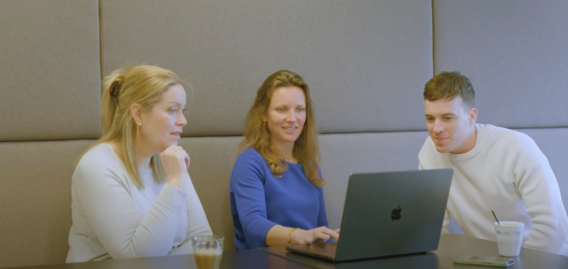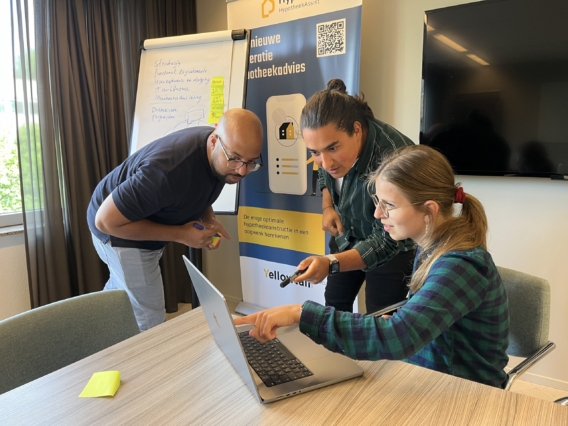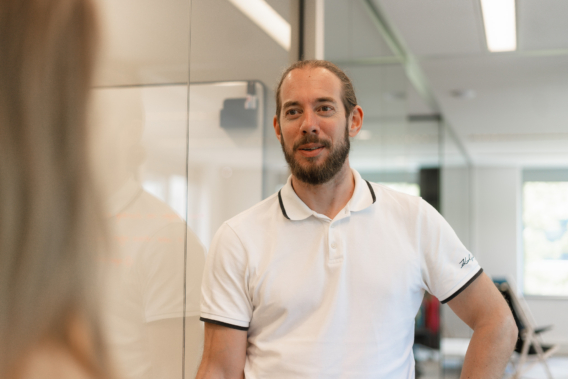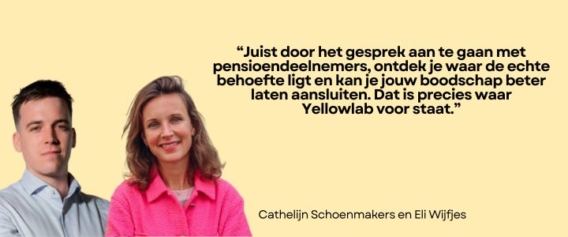The urgency to become sustainable is growing
There’s increasing pressure from the government to reduce CO₂ emissions from homes and buildings. For example, owners of rental properties with an energy label E, F, or G must upgrade their property to at least label D by January 1, 2029. This suggests that stricter requirements for homes may be on the way. The urgency to become sustainable is also rising for consumers. High energy prices are hitting especially hard for people living in poorly insulated homes. Earlier this year, a temporary energy emergency fund was available to help households facing high energy bills, but the fund (worth €56.3 million) closed early on April 29 because it ran out so quickly. That says a lot about energy poverty in the Netherlands. And that’s not just a consumer issue, it also raises payment risks for mortgage lenders.
The mortgage market is turning green
We also see a clear shift in the mortgage market: lending criteria are becoming stricter and more sustainability-driven. Green choices now impact mortgage rates, borrowing capacity, and the future value of a home. In 2023, loan and subsidy options for energy-efficient homes were expanded and improved. Consumers can now borrow more when buying an energy-efficient property or investing in sustainable upgrades for their current home. More and more banks are even offering discounts on mortgage interest rates for homes with high energy labels. This opens up opportunities for consumers to borrow more affordably.
Lack of insight
Still, making homes more sustainable isn’t straightforward for every consumer. Lower-income households, for instance, often benefit the most from sustainability improvements, but yet they struggle to find their way to available subsidies. On top of that, having to pre-finance upgrades while waiting for subsidy payouts is often too expensive. And in general, many people don’t know where to start or what the financial benefits really are. Mortgage advisors are running into the same problem: what advice should they give their clients? That’s where we want to step in.
Promoting financial well-being through sustainability
Social urgency and changing regulations all point to one thing: home sustainability efforts in the Netherlands will only grow. But there’s a clear need for better insight, tailored support, and more accessible loans. That’s the gap we want to close. Technological innovation, like AI, and the growing availability of data offer huge opportunities to combine insight with real impact. That’s why we at Yellowtail Conclusion translate these tech opportunities into concrete, scalable solutions for consumers, advisors, and lenders. It’s our ambition to help make sustainability simple and accessible for everyone, including those with limited financial means. Sustainability is increasingly linked to financial well-being, as energy efficiency and housing costs have a bigger impact on household finances. That’s exactly why sustainability aligns with what Yellowtail Conclusion stands for: helping people build financial resilience.
More than just CO2 reduction
At Yellowtail, we believe real sustainability goes beyond just reducing CO₂ emissions. More and more of our clients share this view and recognise the importance of a broader approach. Topics like bio-based materials, water usage, climate-proof living, and other sustainable themes are essential to building future-proof living environments. We see this growing demand in the market and are proud to take an active lead. In every solution we develop for our clients, we aim to look beyond carbon reduction alone — we also ask how we can actively contribute to a world that’s sustainable in the broadest sense of the word.
Clear and personal advice
One of the tangible ways we promote sustainability and help people build financial resilience is through our new sustainability module in Hypact Advisor. This module brings all relevant data together about the home, the available sustainability upgrades, and the individual consumer. With the help of AI models, we generate clear insights and highly personalised advice. This allows consumers to see:
- What measures they can take to reach a specific energy label
- What that investment will yield, in both CO₂ reduction and increased property value
- How to instantly connect with an installer for advice and a quote
Towards smart and inclusive sustainability flows
At Yellowtail Conclusion, we want people to feel empowered to make smart financial decisions, including when it comes to making their home more sustainable. With a focus on people, the planet, and their wallets. Our new Hypact Advisor module helps consumers, advisors, and lenders work together to make sustainability easier to understand and easier to act on. It’s just the first building block in a complete end-to-end sustainability journey, one that will eventually guide consumers from A to Z. We’re already building on it, with future features like funding insights and step-by-step guidance through subsidy and financing processes. That’s how we accelerate home sustainability in the Netherlands in a way that works for everyone. Together, we’re shaping a sustainable future.
